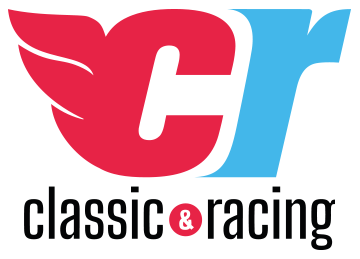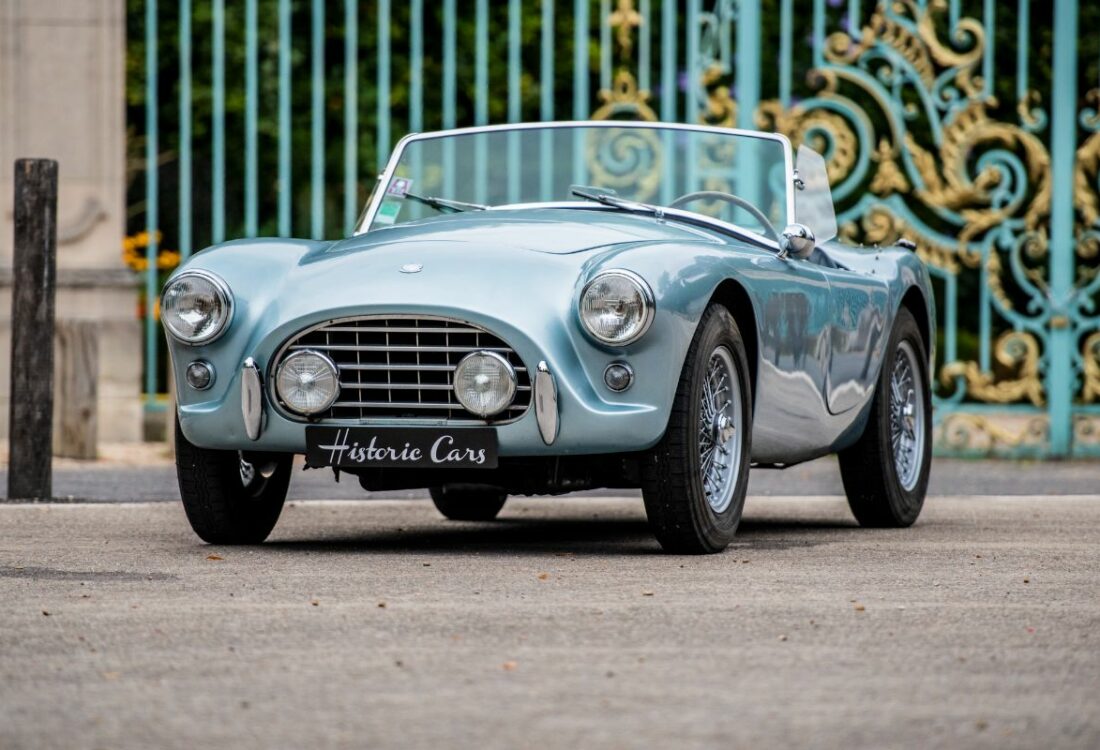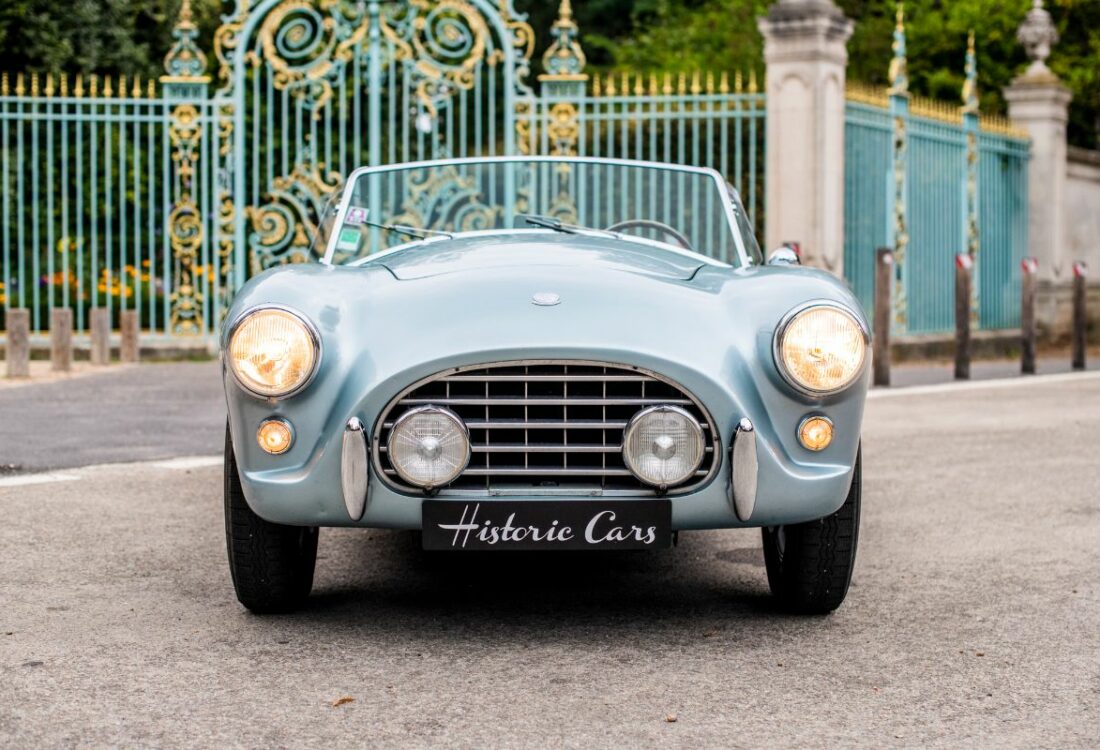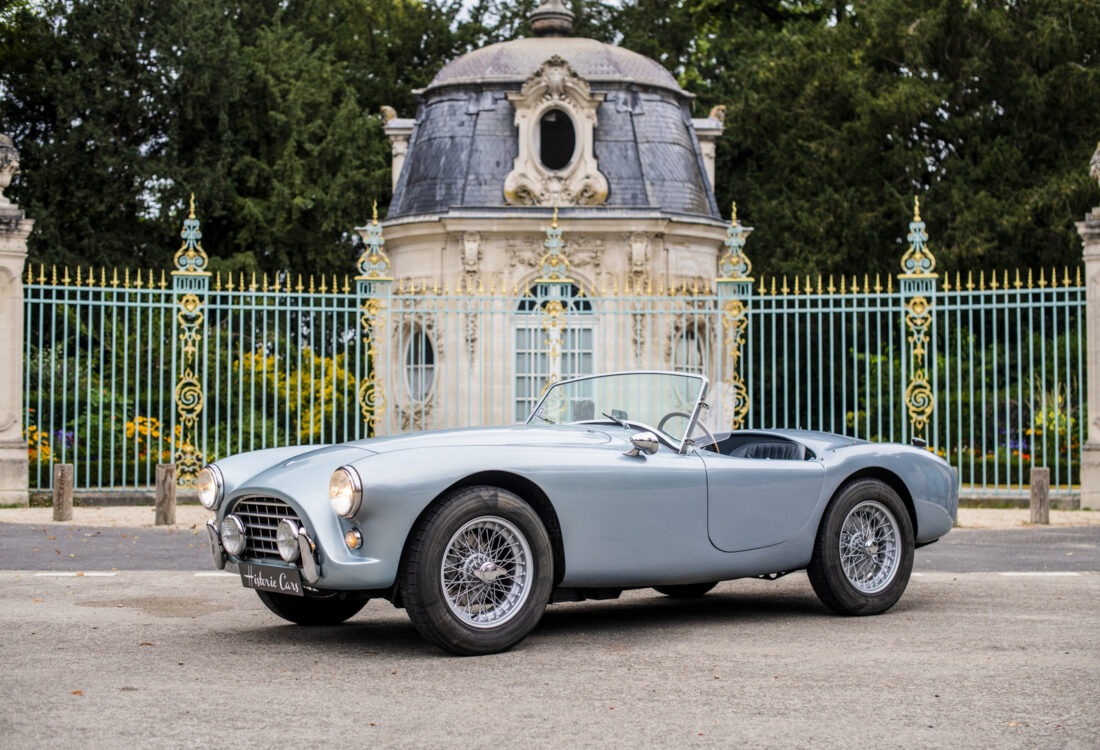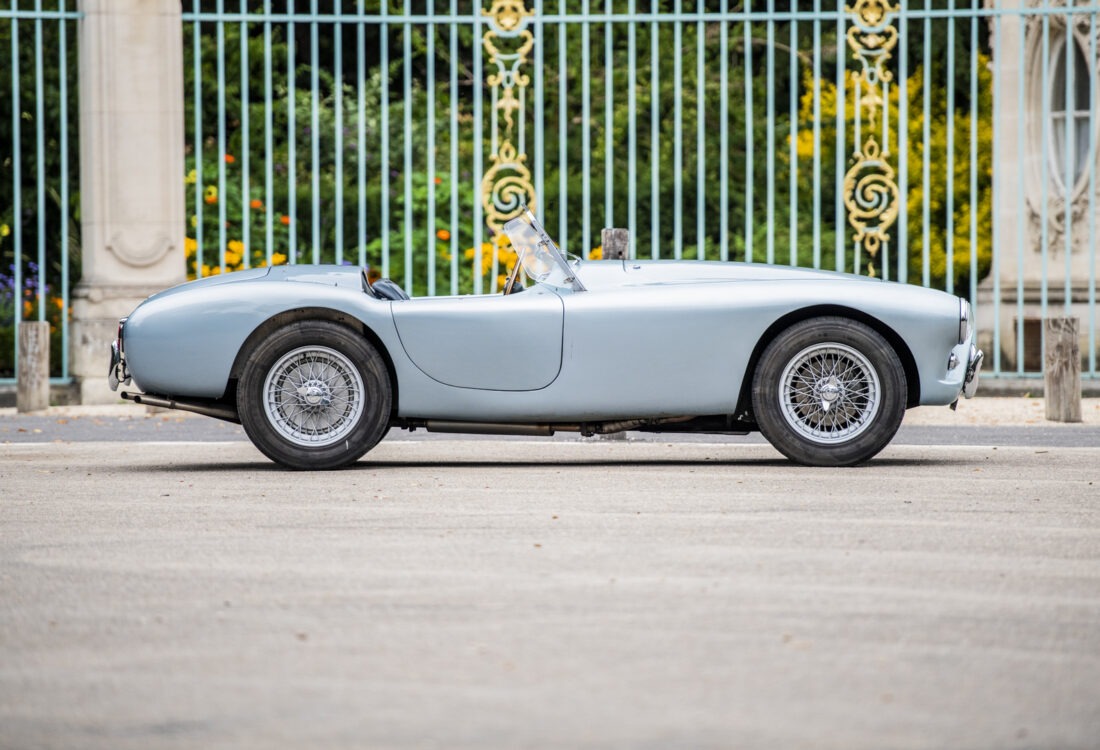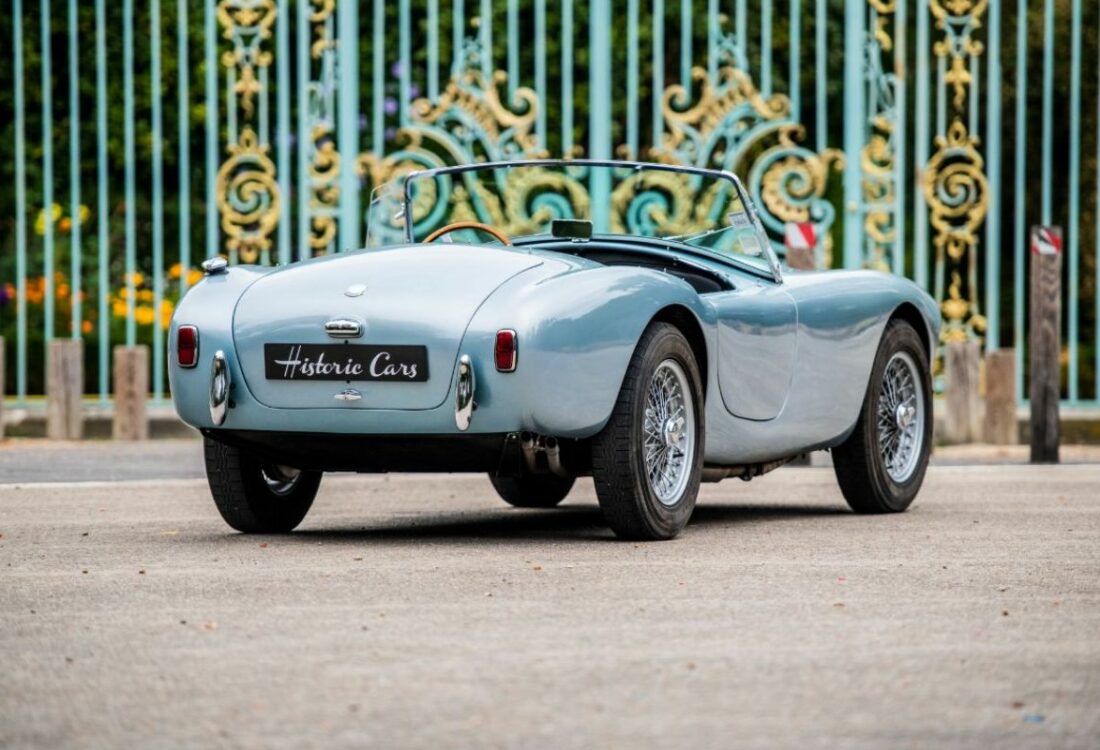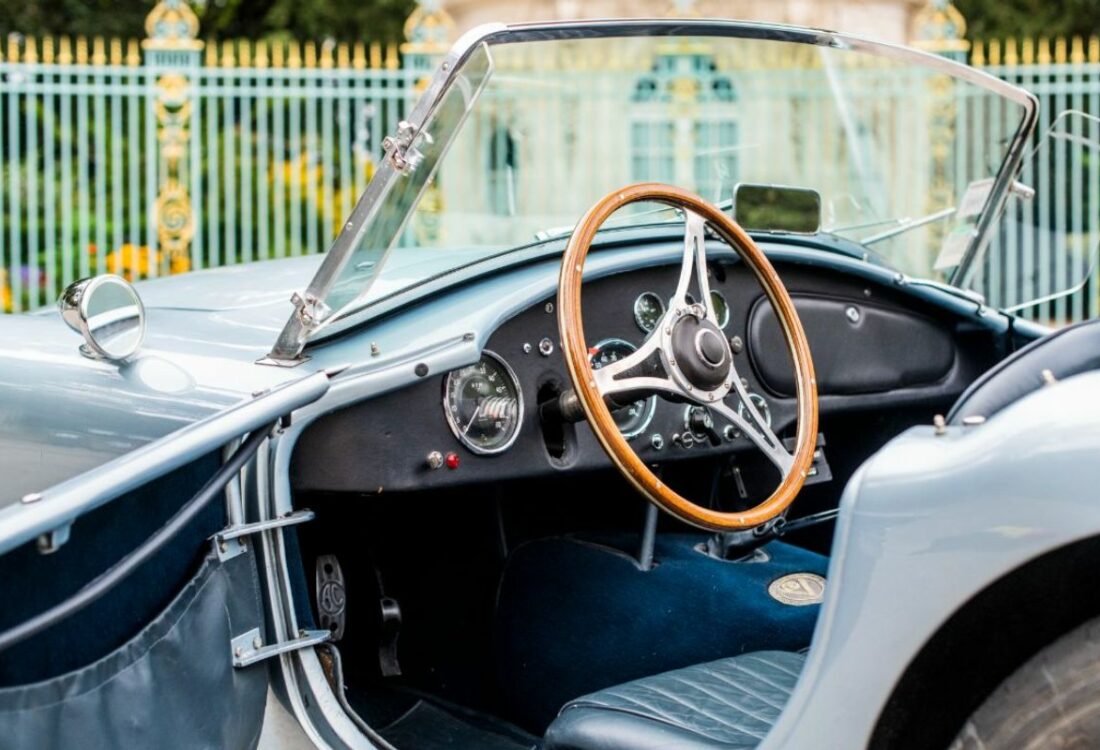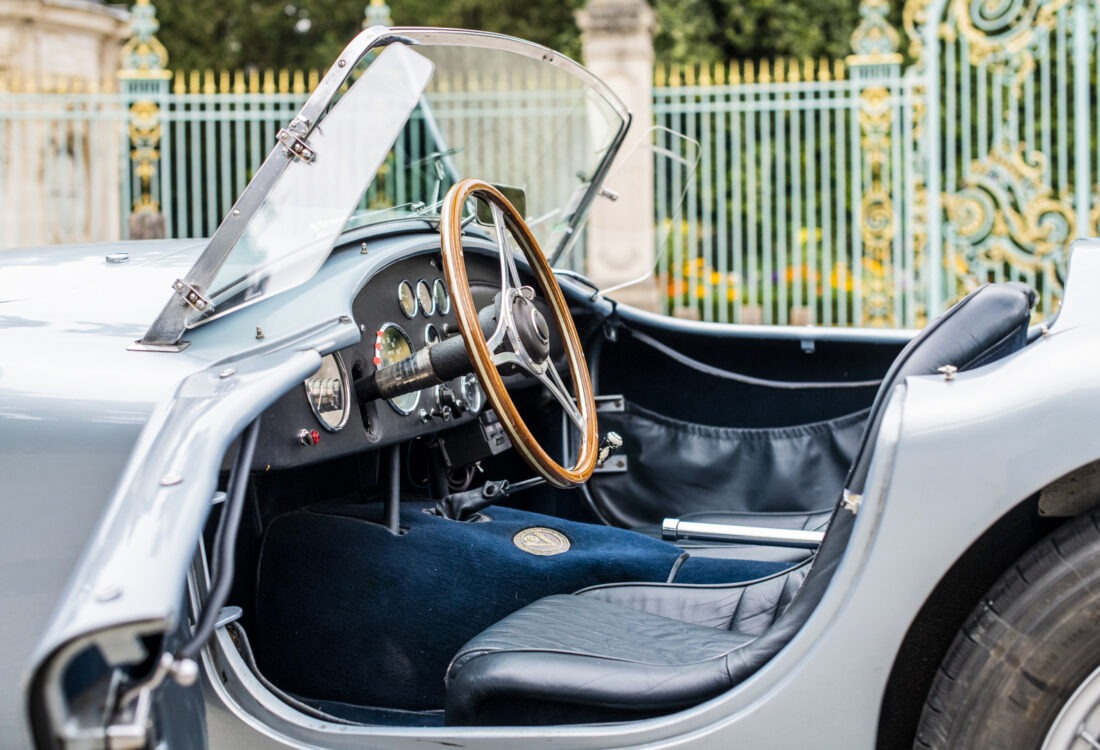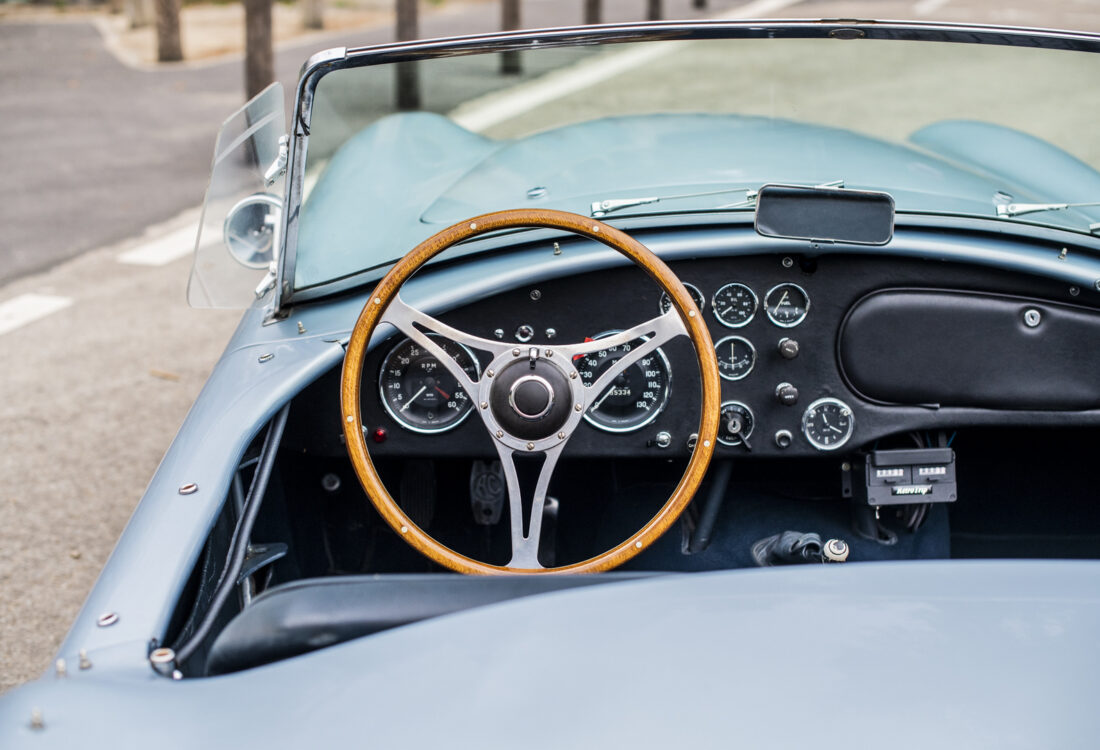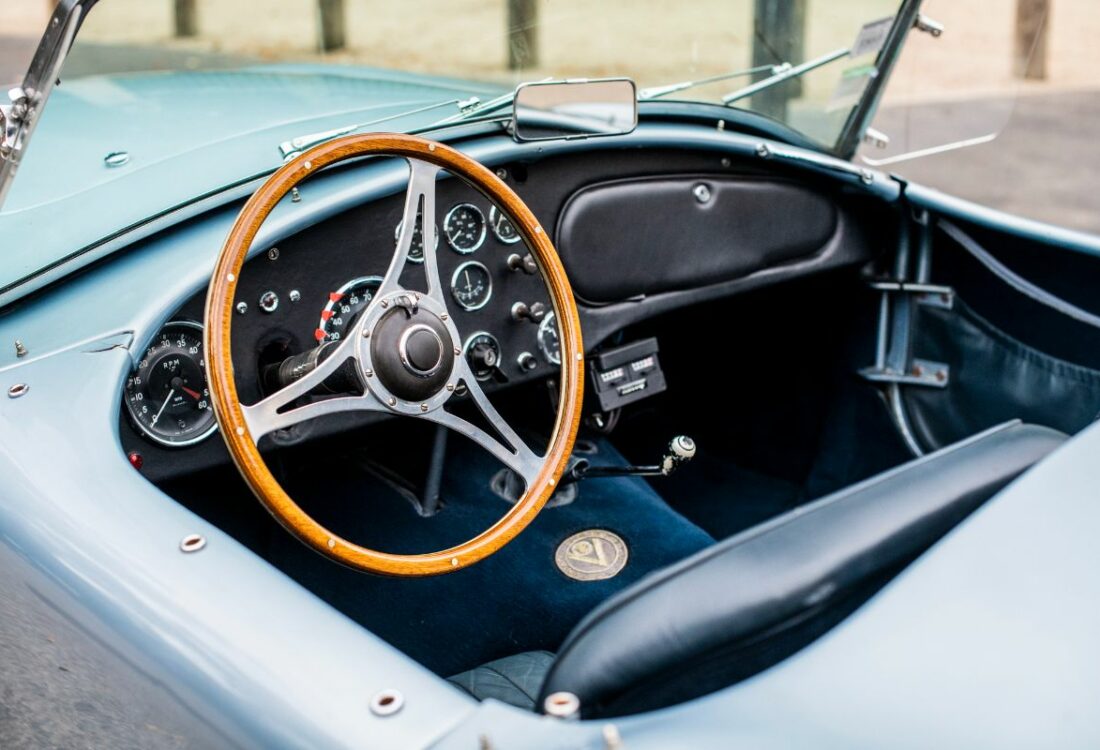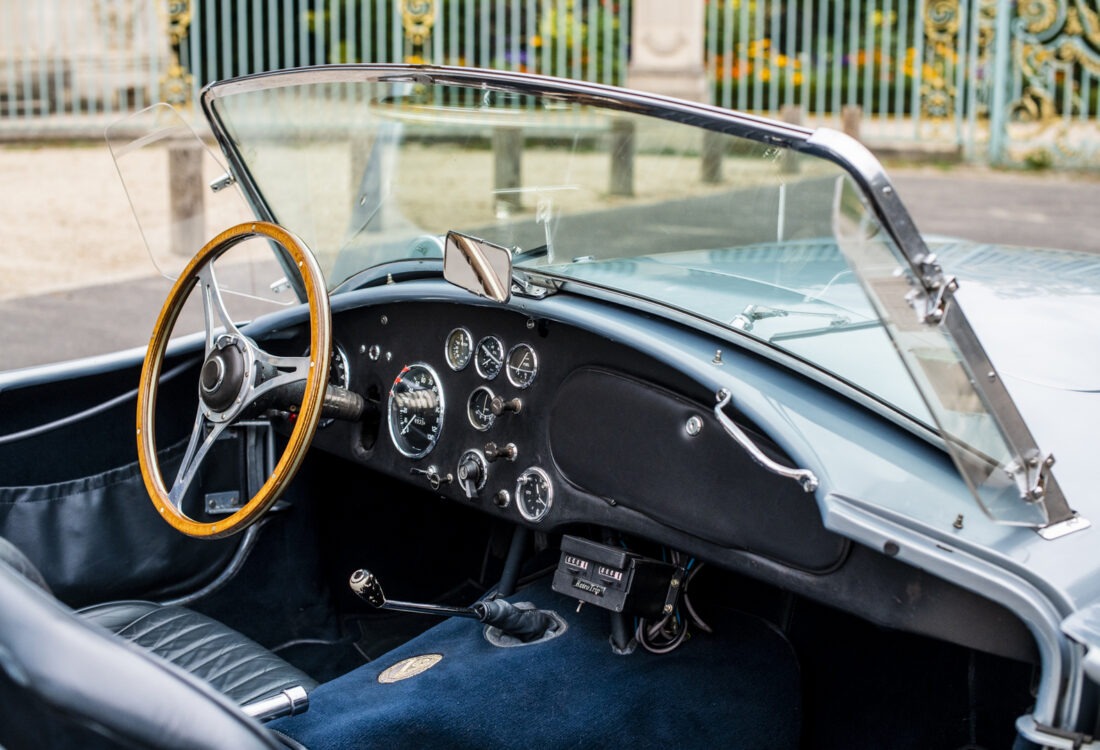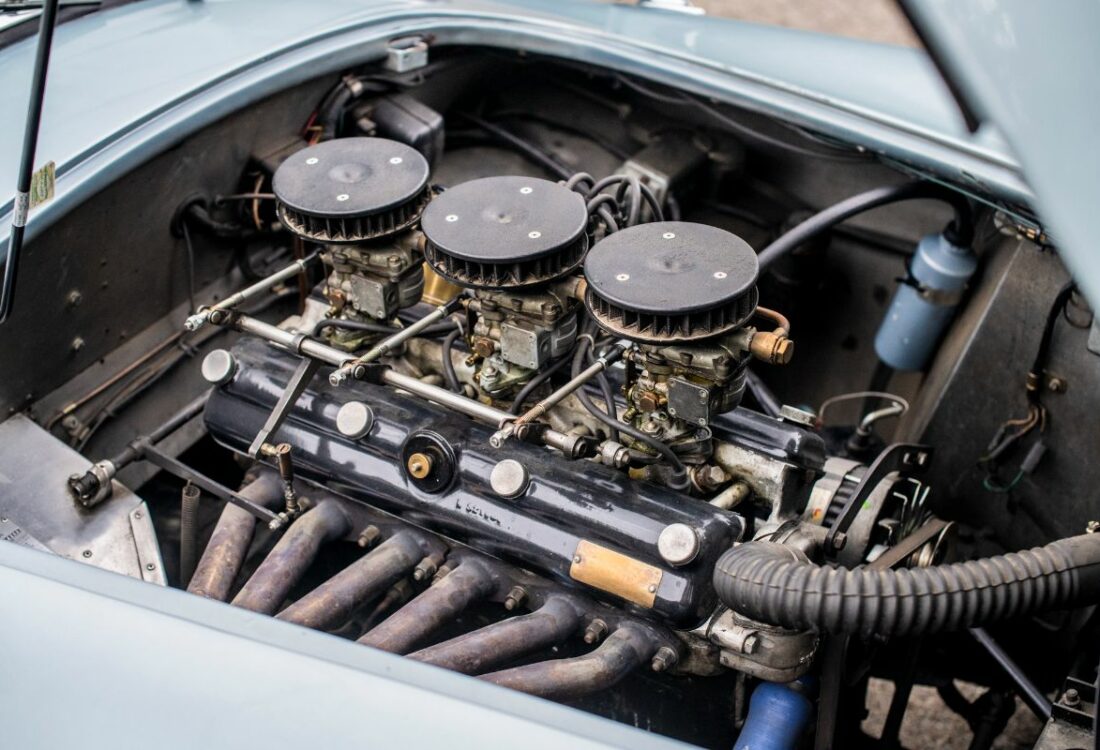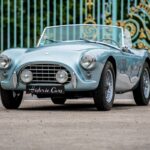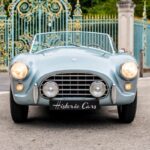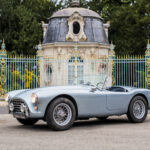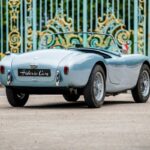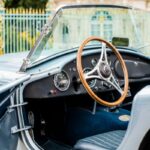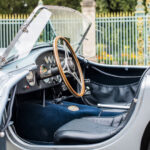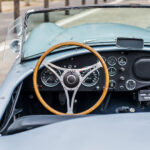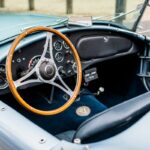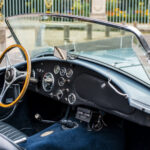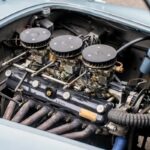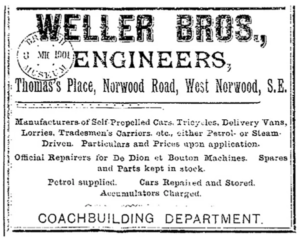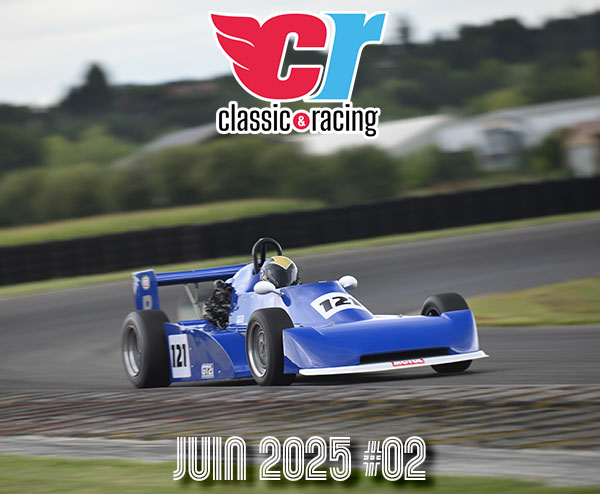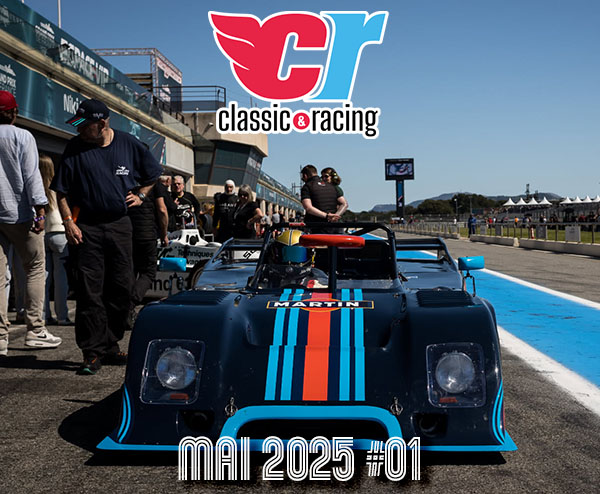
AC ACE ROADSTER
Vends AC Ace Roadster de 1959.
Avant de croiser le chemin de l’américain Carroll Shelby, l’AC Ace aurait pu n’être qu’un petit roadster sans grande ambition, sinon celle de sauver un constructeur moribond après la guerre. Mais l’histoire d’une création aussi marquante que l’ancêtre de la légendaire Cobra ne pouvait pas se montrer banale…
Bien que largement connu depuis les années 60, AC est l’un des plus anciens constructeurs britanniques d’automobiles. Mais son histoire ne fût pas ponctuée que de succès, loin de là.
Créé en 1901 par les frères Weller basés à Ferry Works près de Londres, AC présentait sa première « three wheeler » dès 1903. La société s’appelle alors Autocars and Accessories et baptise son modèle l’Auto Carrier. Deux lettres qui vont devenir un emblème puisque l’entreprise est renommée Auto Carrier en 1907. L’engin, simple et pratique, connaît un beau succès et AC déménage en 1911 dans une usine plus grande à Thames Ditton près de Londres. Fort de son succès grandissant, AC décide de commercialiser sa première « 4 roues » en 1913. Il s’agit d’une petite biplace de type sportif. Mais interrompue par la première guerre mondiale, la production ne reprend qu’en 1919 avec l’introduction d’un nouveau moteur à 6 cylindres en ligne de 1500 cm3 conçu par John Weller. En 1922, le nom de l’entreprise devient AC Cars Ltd. Très endetté, Weller vend des parts de la société à l’investisseur et pilote Selwyn Edge qui entreprend d’élever AC au rang de constructeur reconnu de voitures de sport. Mais les ventes déclinent et la crise de 1929 met la société au tapis.
Les frères William, le père de Derek, et Charles Hurlock, propriétaires d’une société de transports, la rachètent en 1930 puis la production reprend lentement. Auto Carrier devient alors AC Acedes Cars Ltd. D’abord intéressés par les bâtiments de Thames Ditton pour leurs activités, les frères Hurlock se résignent finalement à poursuivre la vente de pièces pour les AC encore en circulation qui représentent un marché potentiel non négligeable. À la suite d’un accord avec le groupe Standard, une nouvelle gamme de voitures est mise au point pour 1932. Le pilote Freddie March, concepteur du circuit de Goodwood, propose ses services pour le design des nouveaux modèles qui doivent conforter AC comme constructeur de voitures de sport. Les gentlemen drivers sont la cible privilégiée de l’entreprise qui se base sur le dicton « courir le dimanche, c’est vendre le lundi »…
Voiture bien née, l’AC Ace fait le bonheur de ses pilotes, amateurs ou professionnels. Après avoir emporté de nombreuses victoires dans sa classe, Ken Rudd engage une voiture aux 24 Heures du Mans 1957. L’épreuve reine d’endurance doit apporter au petit roadster AC une médiatisation importante partout à travers le monde. Mais les frère Hurlock, près de leurs sous, ne voient pas tout à fait d’un aussi bon œil l’épreuve sarthoise. Leurs projets étant plutôt de relancer la production d’une berline pour développer la marque, Rudd se résigne à financer lui-même sa participation à l’épreuve. Pendant 24 heures, le 6 cylindres en ligne Bristol prouve une nouvelle fois son incroyable fiabilité et la petite AC ACE menée par Ken Rudd et Peter Bolton termine l’épreuve à raison de 157,52 km/h de moyenne, ce qui lui offre une 10ème place au classement général ! La victoire de classe leur échappe de peu, juste derrière la Ferrari 500 TR, mais la vitesse de pointe relevée dans les Hunaudières à 209 km/h impressionne l’assistance. Parmi elle, un passionné de course automobile venu spécialement du Texas pour remporter la victoire en 1959 remarque la petite anglaise quasiment de série qui file au milieu des grosses écuries et se classe 7ème de la course. Les AC seront présentes au Mans jusqu’en 1962, année durant laquelle on leur trouvera une digne descendance : l’AC Cobra…
Notre AC Bristol est livrée neuve le 17/10/1959 par Worldwide lmports Inc. (Los Angeles).
Nous retrouvons la voiture entre les mains de M.BIONDI puis au nom de Paul DOWING de 1994 a 2002 date a laquelle elle est importée en Angleterre par un spécialiste AC, qui la vend rapidement à un collectionneur Français. Elle est ensuite acquise par son précédent propriétaire en février 2010 auprès de ce dernier. Son moteur a été refait courant 2009 par les Ets RPM, spécialistes à Clichy, à partir d’un bloc en côte standard ainsi qu’une culasse refaite, prévue pour l’utilisation de carburant sans plomb. Le radiateur de refroidissement a été reconditionné, et un embrayage neuf installé.
Environ 10.000 miles ont été parcourus sans aucun souci.
Son entretien était confié aux Ets RPM à Clichy. Il avait été noté, en septembre 2012, la dépose du paquet de lames transversal arrière, puis remise en état – re bandage par spécialiste. Dépose des arbres de roues et démontage du nez de pont pour remplacement des axes de fixation/encrages des lames de ressort. Réglage de l’entre dents du couple conique. Remplacement des amortisseurs arrière. En octobre 2015 à 82.478 miles, contrôle des trains roulants. Resserrages divers, graissages et révision moteur. En juillet 2022, lors d’un contrôle général l’ensemble du système de frein a été révisé. La voiture change de main par notre intermédiaire et elle est engagé au Tour Auto 2023, ou elle se comporte a merveille…. En d’autres termes une auto prête à prendre la route et toujours très bien entretenue.
Demandez une expertise de ce modèle